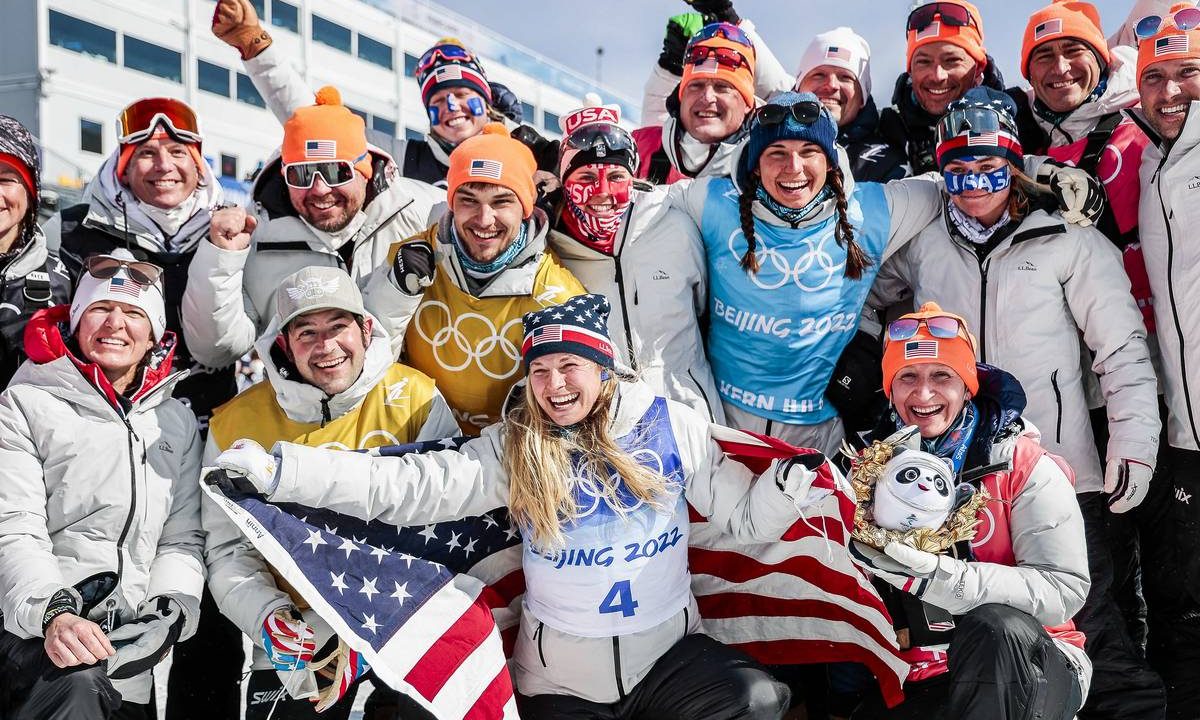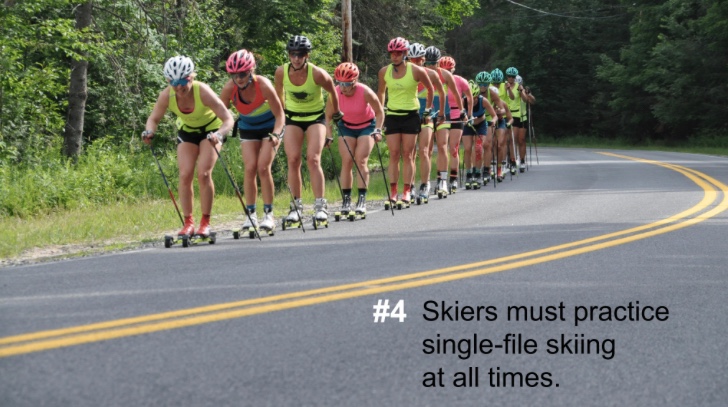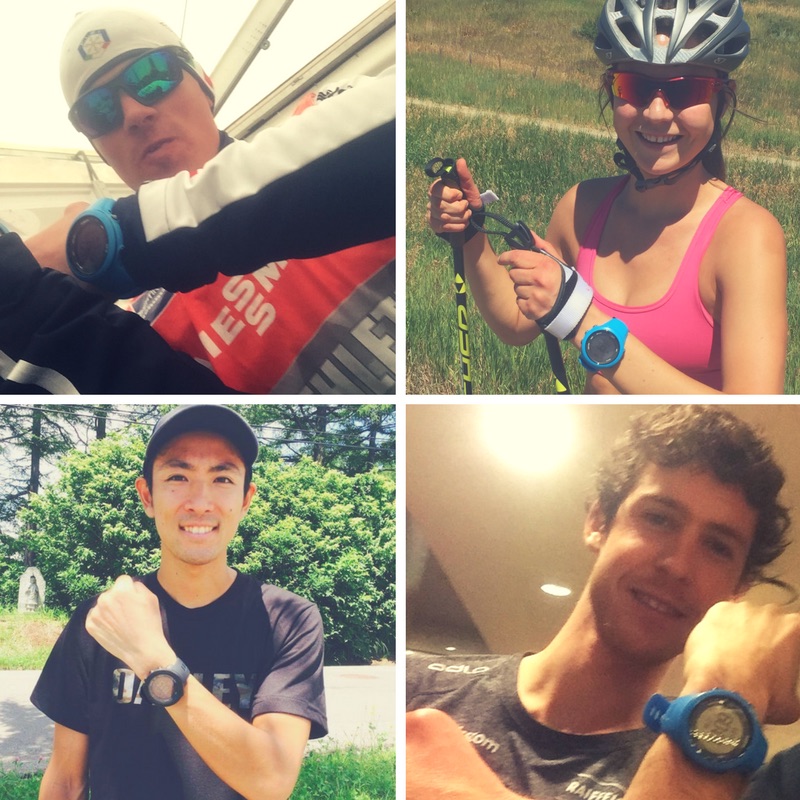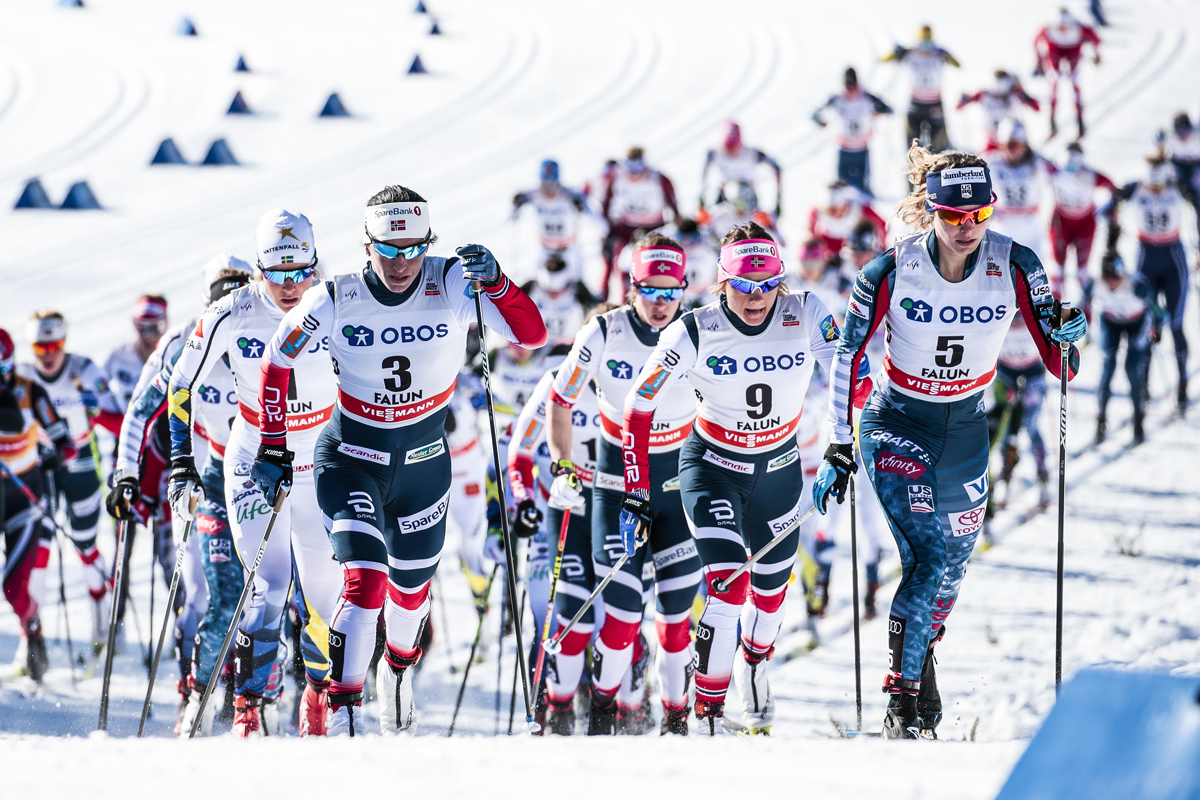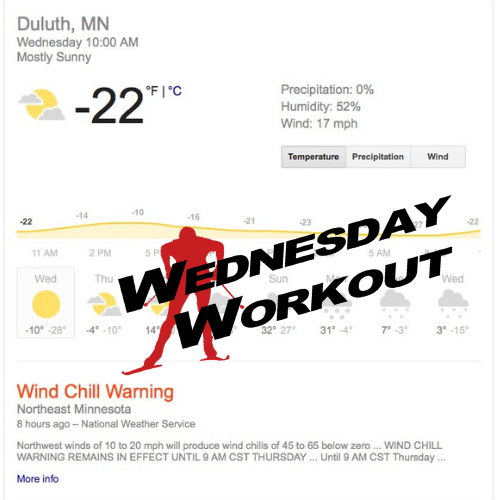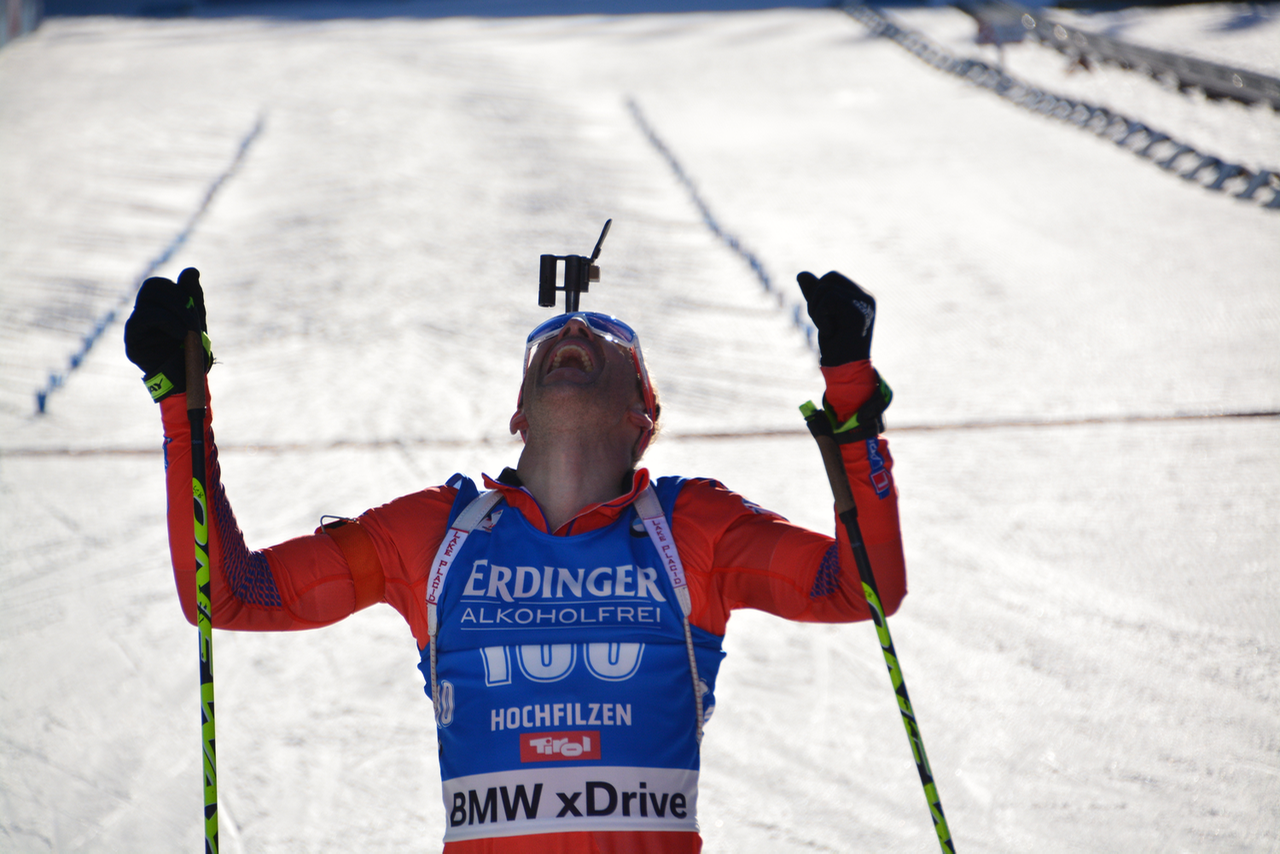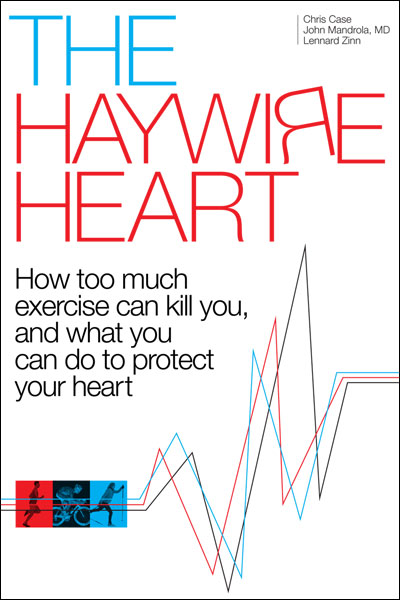Join the National Coaches’ Ed. Symposium
Dear Cross Country Community, The staff from the U.S. Ski and Snowboard Cross Country Team will host a 2022 Cross Country National Coaches’ Symposium this next week on October 28th and 29th. Please click on the previous link to register. The Symposium will take place via Zoom to keep costs low and facilitate greater participation by our community. Here is a link to the Presentation Schedule and Presenter Bios. The Symposium will count towards 8 Continuing Education Credits for...

